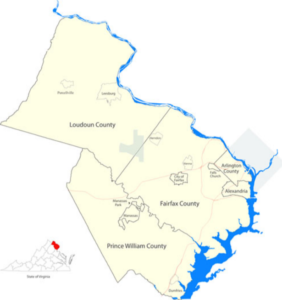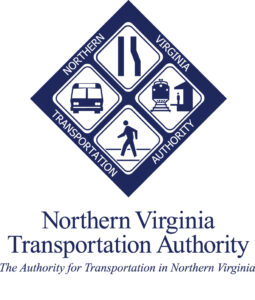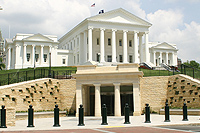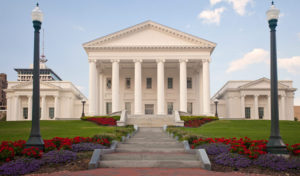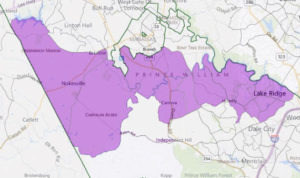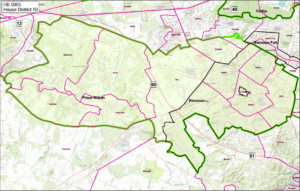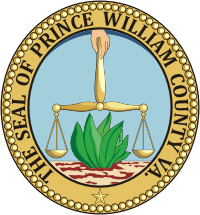
On December 17, 2024, Active Prince William sent the email below to the Prince William Board of County Supervisors to–yet again–protest the Board’s long-standing practice of placing their approval of staff applications for transportation project funding on the BOCS Consent Agenda, in the absence of any prior public involvement process.
Dear Chair Jefferson and County Supervisors:
Active Prince William asks–once again–that the Board of County Supervisors require the Prince William County Department of Transportation to present the Department’s proposed mobility project funding submissions for public input at an advertised public hearing before they are submitted for the Board’s approval on a consent agenda.
Your December 17, 2024 BOCS Consent Agenda includes Item 4-F, listing two mobility projects for grant applications for Congestion Mitigation Air Quality (CMAQ) and Regional Surface Transportation Program (RSTP) funds in FY 2031. The public was unaware of which specific projects would be identified until the BOCS agenda was posted.
This consent agenda action—in the absence of any prior public input opportunities—perpetuates the same opaque decision process of previous Boards. The decision will be ratified by the BOCS before Public Comment Time and with no public announcements or public input opportunities in advance regarding which projects were considered for funding. All decisions were made by county staff behind closed doors, and endorsed by the BOCS before Public Comment Time.
The two projects in Item 4-F may well be the best ones to advance at this time–but maybe not. Moreover, the public was never given any opportunity to ensure that the proposed scope and budget of each project are adequate to suitably accommodate all travelers. The BOCS will never know if there were other perspectives, because the current process precludes any opportunity to gather points of view other than from county staff.
Active Prince William has repeatedly suggested an alternative approach; namely, require the County’s Department of Transportation to hold an annual or semi-annual public hearing to present its proposed upcoming mobility project funding requests for public input at least 30 to 60 days before consideration by the BOCS. We raised this issue in our September 2023 survey of BOCS candidates and again at the May 14, 2024 BOCS meeting.
We call on the Prince William Board of County Supervisors to issue a directive to the Prince William County Executive with the following components:
- Require the Prince William County Department of Transportation (PWC DOT) to present–for public comment at an advertised public hearing–any proposed first-time request for regional, state, or federal funding for a new transportation or trail capital project or planning activity, in advance of bringing that funding request to the Board of County Supervisors for its endorsement.
- Cite all applicable non-local funding programs, including the Northern Virginia Transportation Authority’s (NVTA) 70% and 30% funds; federal RSTP or CMAQ allocations which are endorsed by the NVTA; the Northern Virginia Transportation Commission’s (NVTC) I-66 and I-95/I-395 Commuter Choice programs; National Capital Region Transportation Planning Board (TPB) technical assistance grants (e.g., Transportation-Land Use Connections, Transit within Reach, Regional Roadway Safety Program); Transportation Alternatives Set-Aside requests submitted to either the TPB or VDOT; VDOT’s SMART SCALE, Revenue Sharing, and HSIP programs; the Virginia Department of Conservation and Recreation’s Recreational Trails Program; USDOT discretionary grant programs (e.g., RAISE, SS4A); Congressional earmark requests; and the Federal Transit Administration’s Enhanced Mobility Program.
- Allow the PWC DOT to conduct these public hearings at any appropriate venue that includes online viewing and public comment submission components, including at scheduled Planning Commission meetings.
- Specify that the public hearing must be held at least 30 to 60 days before the endorsement request is scheduled to be placed on the BOCS agenda.
- Require the PWC DOT to compile a written summary of–and response to–the public comments received and include that summary with the other BOCS meeting materials when they present their funding request for BOCS approval.
We believe that the process outlined above would provide valuable community input–near the very beginning of the project development process–for both the PWC Department of Transportation and the Board of County Supervisors.
Thank you for considering our proposal,
